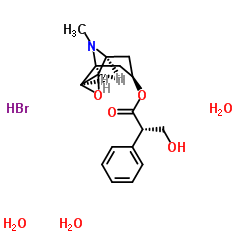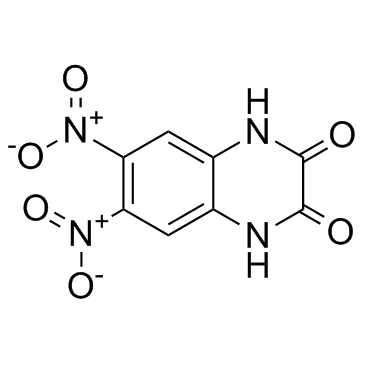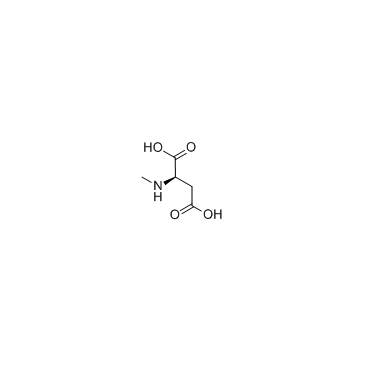| Structure | Name/CAS No. | Articles |
|---|---|---|
 |
Glycine
CAS:56-40-6 |
|
 |
Urea
CAS:57-13-6 |
|
 |
Prazosin hydrochloride
CAS:19237-84-4 |
|
 |
Kynurenic acid
CAS:492-27-3 |
|
 |
Scopolamine hydrobromide trihydrate
CAS:6533-68-2 |
|
 |
Picrotoxin
CAS:124-87-8 |
|
 |
DNQX
CAS:2379-57-9 |
|
 |
N-Methyl-D-aspartic acid
CAS:6384-92-5 |